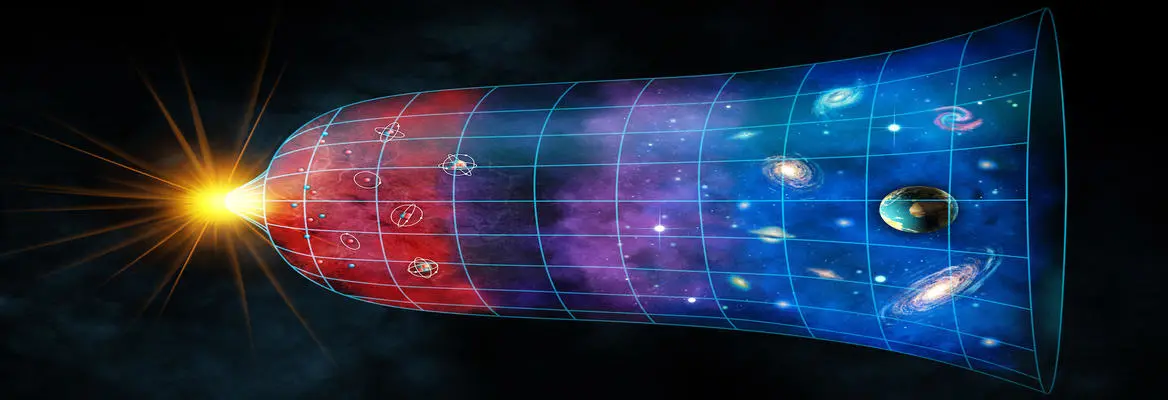Earlier this summer, an article by Eric Lerner put the dominant theory about the origin of the universe into question. On October 1st, at the HowTheLightGetsIn festival in London, Lerner took part in a live debate on “Cosmology and the Big Bust”, alongside theoretical physicist Julian Barbour and astrophysicist Claudia Maraston. Their exchanges shed light on the cracks of the theory concerning inflation, dark matter, and dark energy, as well as on the nature of scientific revolutions, and ultimately on why the Big Bang theory isn’t going anywhere any time soon.
In the beginning, there was chaos. At least that’s according to Hesiod’s Theogony, a poem about the creation of the cosmos thought to be articulated around the 8th century BC. Stories about the origin of the universe probably go further back than even that, but it’s safe to say that for at least three millennia humans have been positing hypotheses about how the world we see around us today came into existence. The Big Bang is the latest of these hypotheses, and while most physicists will be quick to protest that there is a huge difference between ancient myth and scientific theory, not everyone agrees.















Join the conversation